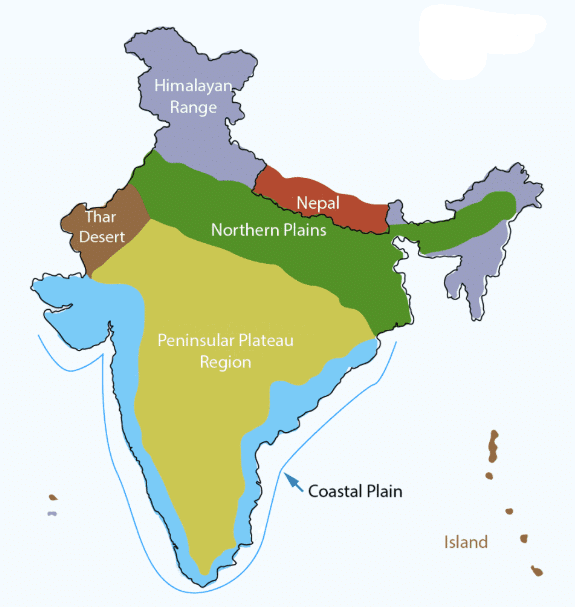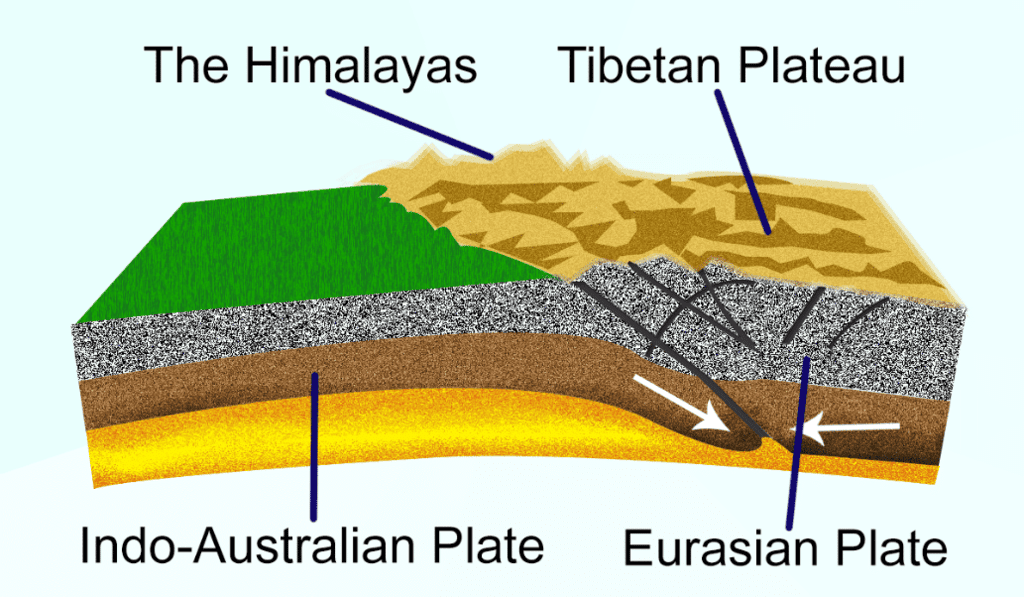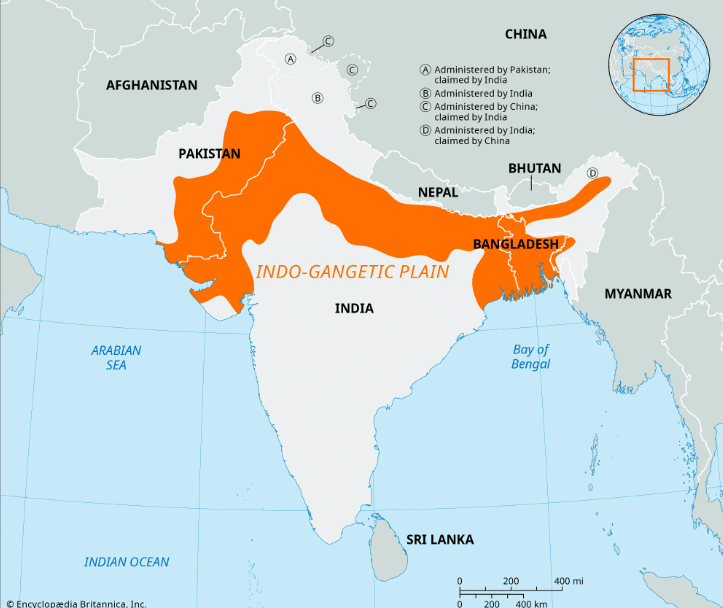Class 7 Social Science Chapter 1 Very Short Answer Questions - Geographical Diversity of India
Q1: Which countries form the Indian Subcontinent along with India?
Ans: The Indian Subcontinent includes India, Pakistan, Bangladesh, Nepal, Bhutan, Sri Lanka, and Myanmar.
Q2: What are the five main physical regions of India?
Ans: The five main physical regions of India are the Himalayas, the Gangetic Plains, the Thar Desert, the Southern Peninsula, and the Islands. Physical features of India
Physical features of India
Q3: Which natural feature protects India from the north?
Ans: The Himalayas protect India from the north.
Q4: What is the total length of the Himalayan range?
Ans: The Himalayan range stretches for about 2,500 kilometers.
Q5: Which major rivers originate from the Himalayas?
Ans: The Ganga, Indus, and Brahmaputra rivers originate from the Himalayas.
Q6: What is the highest part of the Himalayan range called?
Ans: The highest part of the Himalayan range is called the Himadri or Greater Himalayas.
Q7: Which Himalayan range is known for hill stations like Shimla and Darjeeling?
Ans: The Himachal or Lower Himalayas are known for hill stations like Shimla and Darjeeling.
Q8: What is the outermost Himalayan range called?
Ans: The outermost range is called the Shivalik Hills.
Q9: How were the Himalayas formed?
Ans: The Himalayas were formed when the Indian plate collided with the Eurasian plate around 50 million years ago.
 Formation of Himalayas
Formation of Himalayas
Q10: Why are the Himalayas called the "Water Tower of Asia"?
Ans: They are called the "Water Tower of Asia" because they feed many major rivers that supply water to millions.
Q11: What kind of desert is Ladakh?
Ans: Ladakh is a cold desert in India.
Q12: Name a famous salty lake in Ladakh.
Ans: Pangong Tso is a famous salty lake in Ladakh.
Q13: Which animal is very useful for the people of Ladakh?
Ans: The yak is very useful for the people of Ladakh.
Q14: Which festivals are celebrated in Ladakh?
Ans: Festivals like Losar and Hemis are celebrated in Ladakh.
Q15: What makes the soil of the Gangetic Plains fertile?
Ans: Minerals carried by rivers from the Himalayas make the soil fertile.
Q16: Which crops are mainly grown in the Gangetic Plains?
Ans: Rice and wheat are the main crops grown in the Gangetic Plains.
 Gangetic Plain
Gangetic Plain
Q17: What is the national bird of India found in the Gangetic Plains?
Ans: The peacock is the national bird of India found in the Gangetic Plains.
Q18: Which desert covers parts of Rajasthan, Gujarat, Punjab, and Haryana?
Ans: The Thar Desert covers parts of Rajasthan, Gujarat, Punjab, and Haryana.
Q19: What is a taanka used for in desert areas?
Ans: A taanka is used for harvesting and storing rainwater in desert areas.
Q20: What is the highest peak in the Aravalli Hills?
Ans: Mount Abu is the highest peak in the Aravalli Hills.
Q21: Name two minerals found in the Aravalli Hills.
Ans: Marble and zinc are two minerals found in the Aravalli Hills.
Q22: Which two rivers flow westward into the Arabian Sea?
Ans: The Narmada and Tapti rivers flow westward into the Arabian Sea.
Q23: What is the name of India’s only active volcano?
Ans: Barren Island is the name of India’s only active volcano.
Q24: Which delta is home to the Sundarbans mangrove forest?
Ans: The delta formed by the Ganga and Brahmaputra rivers is home to the Sundarbans.
Q25: Which village in Meghalaya is known as the cleanest village in Asia?
Ans: Mawlynnong Village in the East Khasi Hills is known as the cleanest village in Asia.
|
23 videos|272 docs|12 tests
|
FAQs on Class 7 Social Science Chapter 1 Very Short Answer Questions - Geographical Diversity of India
| 1. What are the key topics covered in Class 7 exams? |  |
| 2. How can I prepare effectively for the Class 7 exams? |  |
| 3. What types of questions can I expect in the Class 7 exams? |  |
| 4. How important are revision and practice tests for Class 7 students? |  |
| 5. What should I do if I find a subject particularly challenging in Class 7? |  |

















